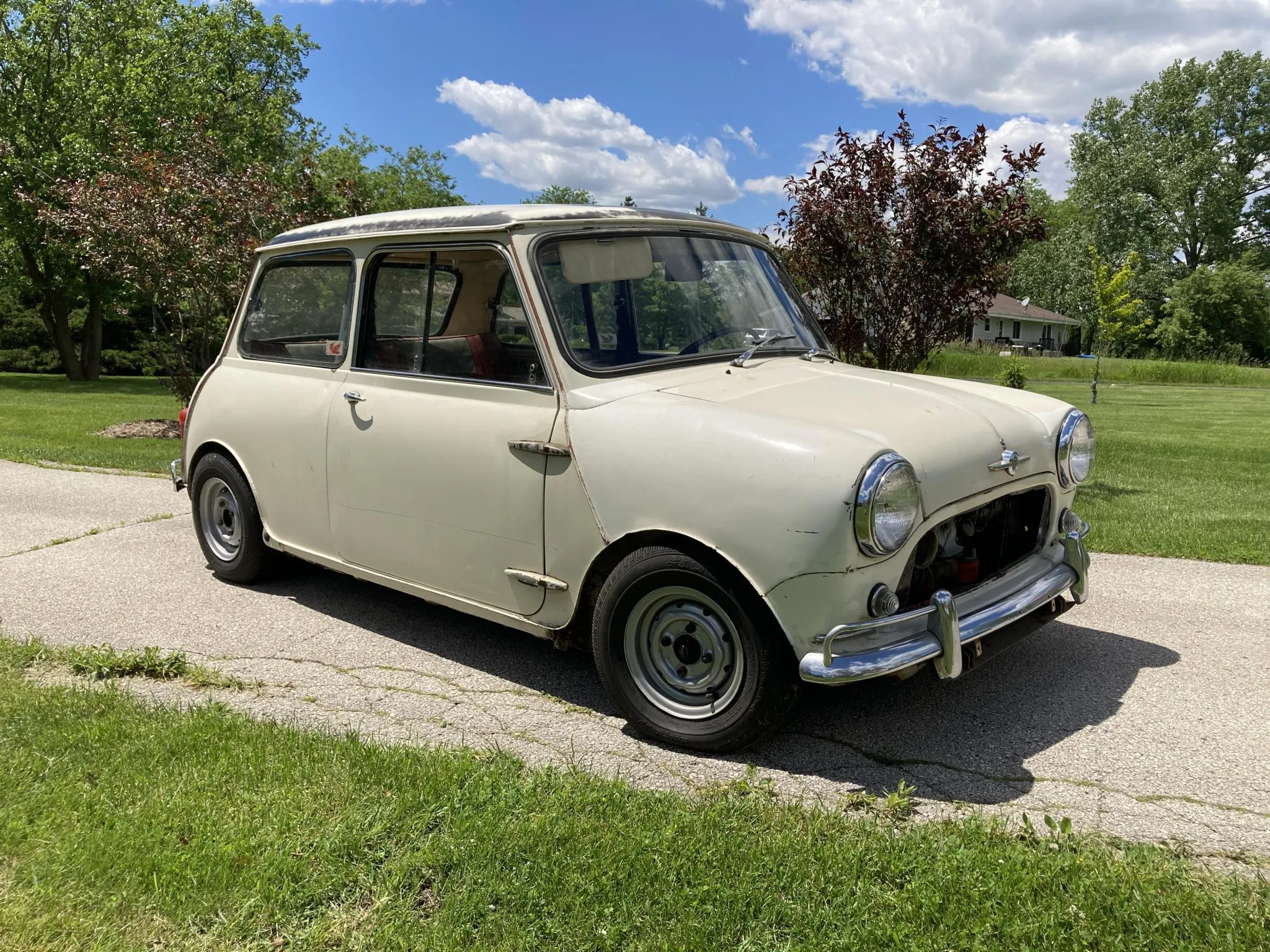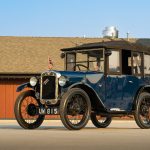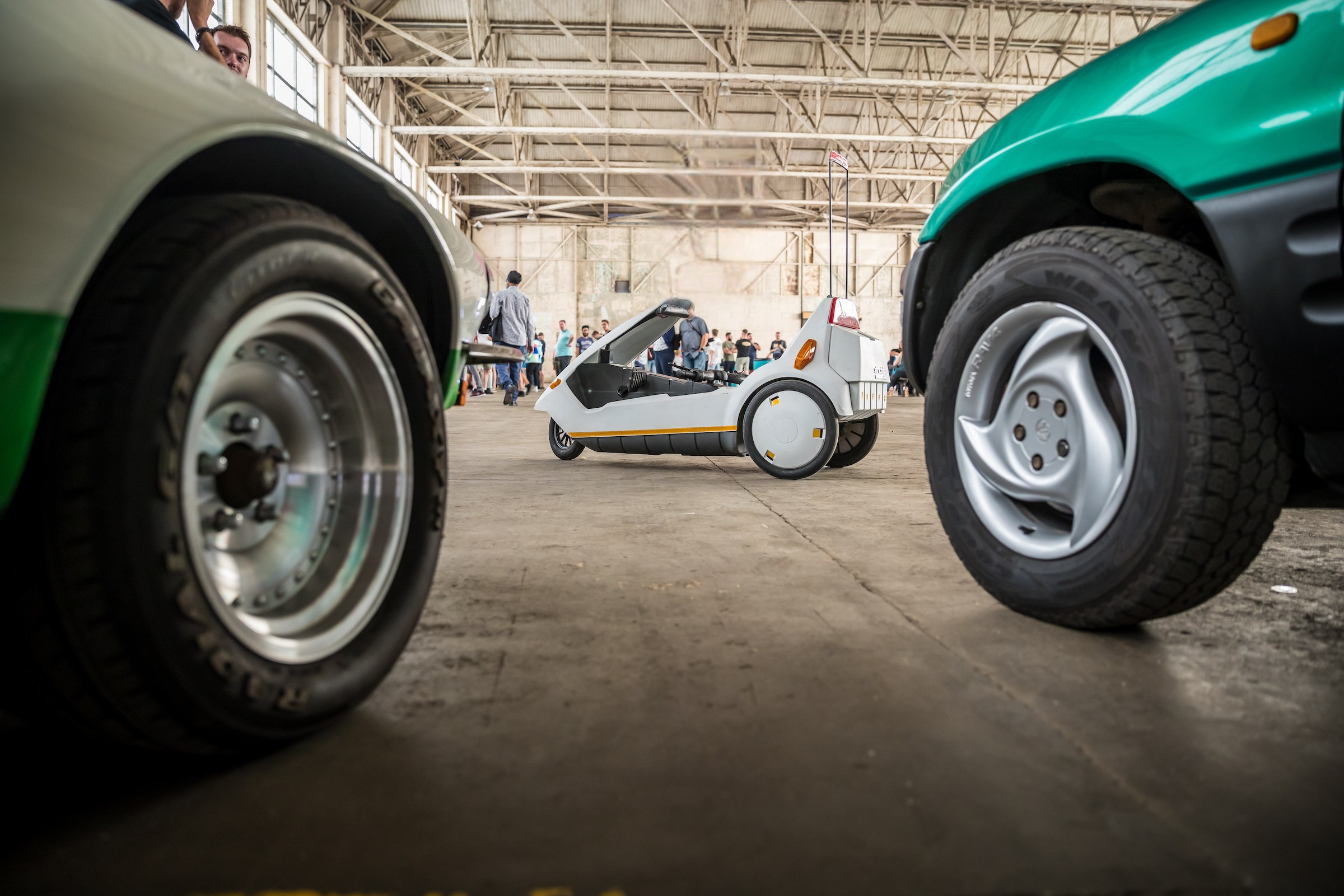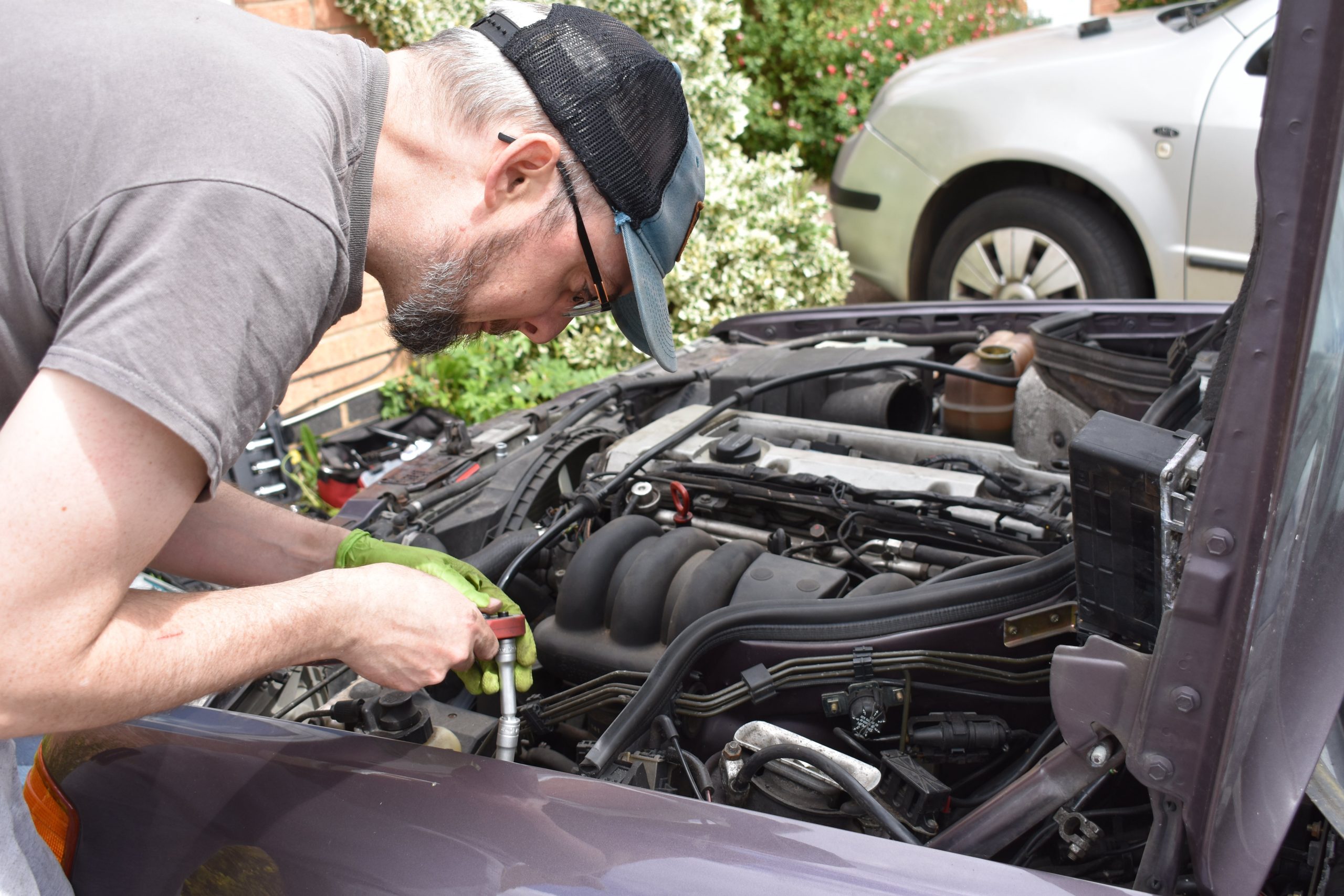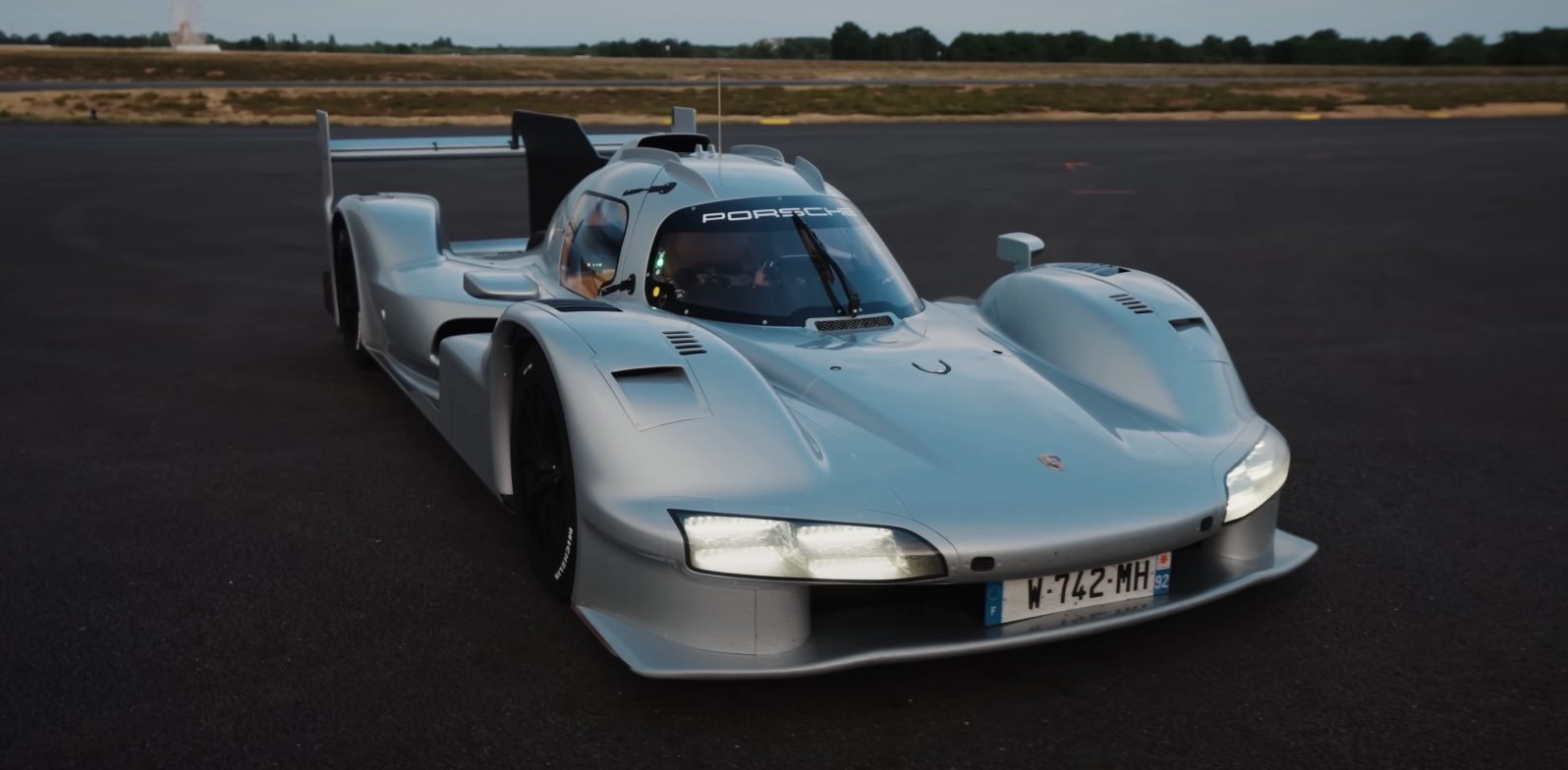The original Mini – and its giant-slaying Cooper/Cooper S variants – hardly need an intro. The Mini revolutionised economy car design but also became a cultural icon that transcended class and status, while the Cooper S was a proto-hot-hatch that filled race grids, won international rallies, and introduced thousands of enthusiasts to the joys of driving quickly.
But the Mini didn’t make much of a splash in the United States. Officially, it only sold there until 1967 (many others have been imported on an individual basis). An original US-market car is somewhat rare, then. A genuine Cooper or Cooper S (both easy to clone) is even rarer.

Rarer still is the one sold online last week, which stood out to me for a couple of reasons. First, it’s a first-year Cooper S with the short-lived 1071cc engine, rather than the later, much more common 1275. You almost never see 1071 cars, for sale or otherwise. Second, my dad had a 1071 S. He said it was, all things considered, his favourite car he ever owned, perhaps tied with his ’89 Honda CRX Si. He sold the Mini sometime in the early ’90s for a little north of five grand. The 1071 this week, on the other hand, sold for $47,250 (£37,250). Despite being a non-running project and despite a few potential red flags early on in the auction, it brought nearly twice its condition #4 (fair) value in the Hagerty Price Guide.
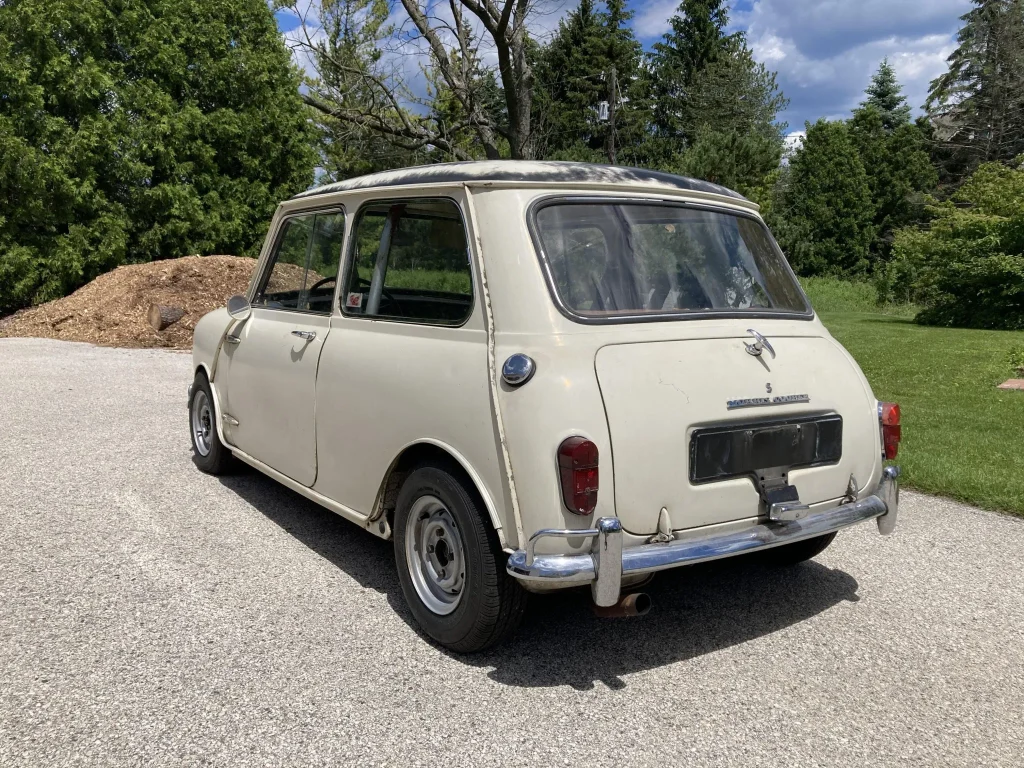
Designed by Alec Issigonis, the original 1959 Mini pioneered the transverse-mounted engine, front-wheel-drive layout that came to dominate economy cars. In addition to placing the four-cylinder engine sideways in front of the driver, the Mini also saved space by relocating the four-speed gearbox into the engine sump and utilising monocoque construction. Its tiny footprint belied its ample interior space, while its low price and stellar fuel economy made it immediately popular with the buying public in Britain, and its cute-factor made it popular with everyone else.
British Motor Corporation never intended for the Mini to be a performance car, but in 1961 John Cooper – fresh from two Formula 1 World Championships in 1959 and ’60 – approached the company envisioning a Mini with a tuned larger-displacement engine, better brakes, and of course his name slapped on the back. BMC, acknowledging the marketing potential of partnering with an F1 winner, agreed. In the summer of ’61, the first Mini Cooper arrived with a 997cc engine (up from 848 thanks to a longer stroke), front disc brakes (instead of drums), and closer gear ratios.
Cooper’s experience in Formula Junior racing, where the BMC A-Series engine was a popular choice, allowed them to develop the Mini further, and in 1963 the first Cooper “S” arrived. Its 1071cc engine featured a specially cast block, a nitrided steel crankshaft, and dual SU carburettors for 70bhp and 62lb ft of torque. It doesn’t sound like much, but it was more than twice the power of the base 848cc Mini, and it only had about 635kg worth of car to pull around. Classic Mini Coopers have played out countless David vs. Goliath battles on track with much larger and more powerful cars.
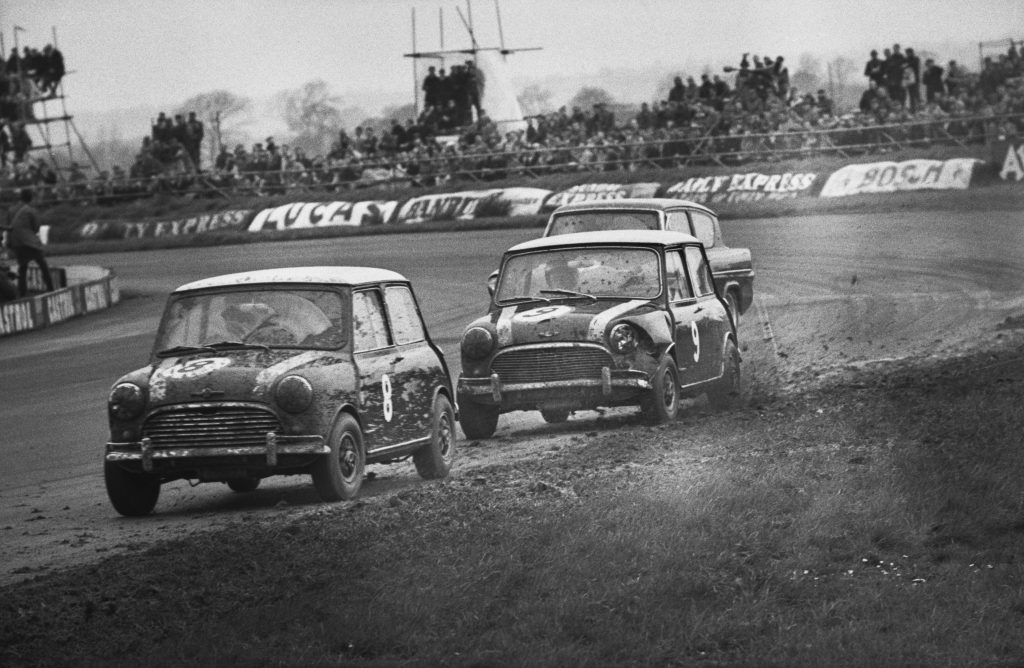
It was the 1071 S that brought Mini its first two (of three) victories at the Monte Carlo Rally, in 1964 and ’65, but it was short-lived in the showroom. After 1964 and a production run of about 4000 cars (including both Austin- and Morris-badged versions), a new 1275cc unit arrived. It made a bit more power, but the 1071’s shorter stroke made it a bit more eager to rev. Some drivers even prefer the 1071, and its rarity makes it generally more valuable than the 1275 Cooper S. After 1967, with changing federal safety and emissions rules, the Mini stopped selling in the US.
The 1071 that transacted last week sold from the son of the car’s third owner, who bought it in 1980 after it had been set up for club racing with a roll bar. It also has a heater and single fuel tank (dual tanks were optional). He said it had been parked two years ago, and honestly represented it as a non-running project missing bits like the carpets and the grille. Despite being definitely rough around the edges, it looked like a reasonably solid project, with good floors and body shell.

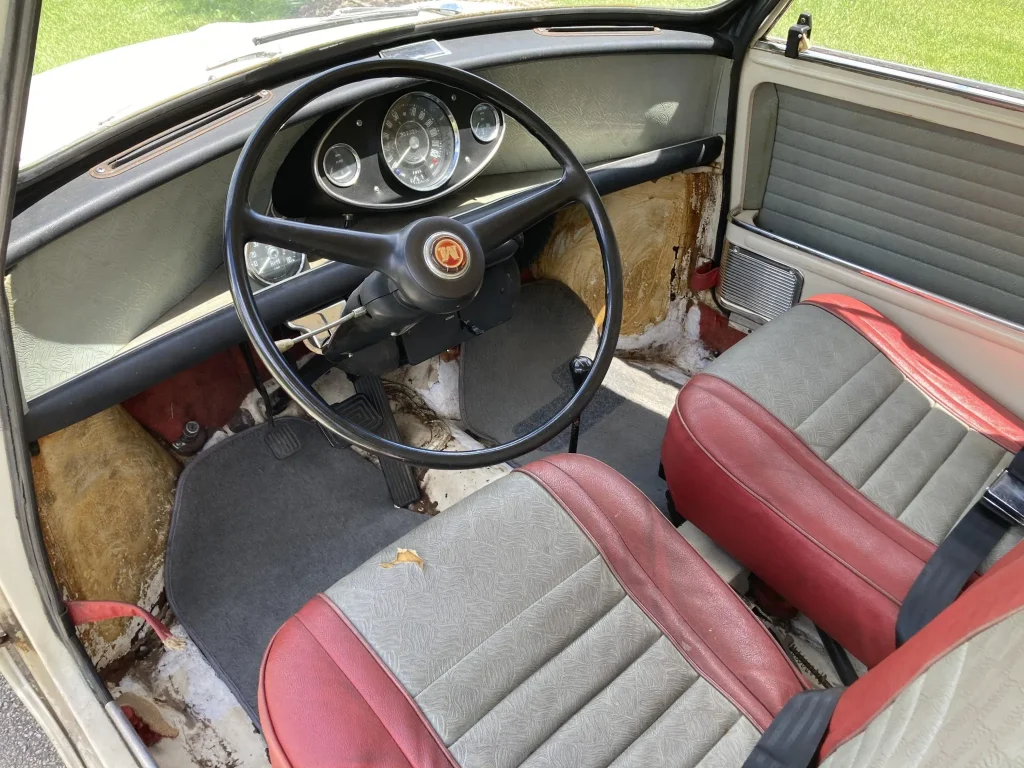
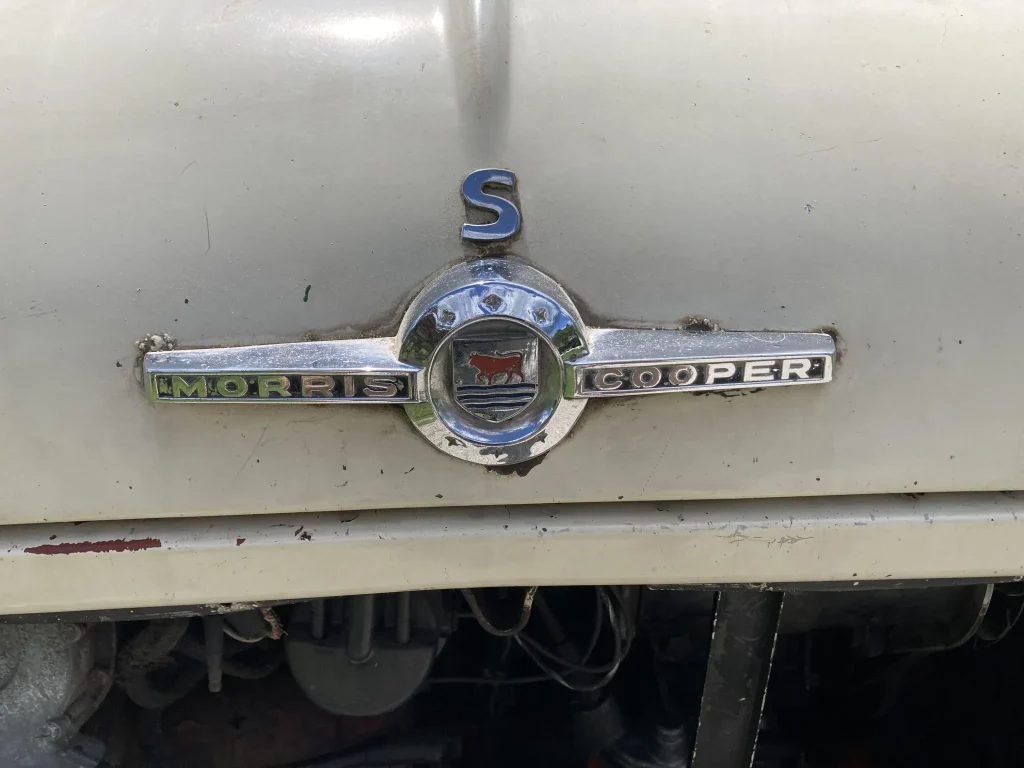
Given how rare a 1071 is, some Mini nerds swarmed the comment section on the listing with questions, and some concerns. The car doesn’t have a British Motor Industry Heritage Trust certificate, which references build records from BMC and other manufacturers and is a common selling point for old English autos. There were also some concerns about the front valance, which in some photos looked to be from a later Mini. Major body work isn’t uncommon on these rust-prone cars, but it can significantly affect value. Some engine information was also missing from the listing initially, while the engine itself was painted red (instead of the correct green), and instead of the correct dual carbs under an oval filter assembly there was an odd single-carb setup fed by what looks like the tip of a shop vac. It was unclear at first that the engine even was a 1071. Eventually, though, the seller addressed all concerns with additional photos, confirming the 1071 engine, the original body, and the mostly original paint. It was determined that the car was legit, and bidding picked up.
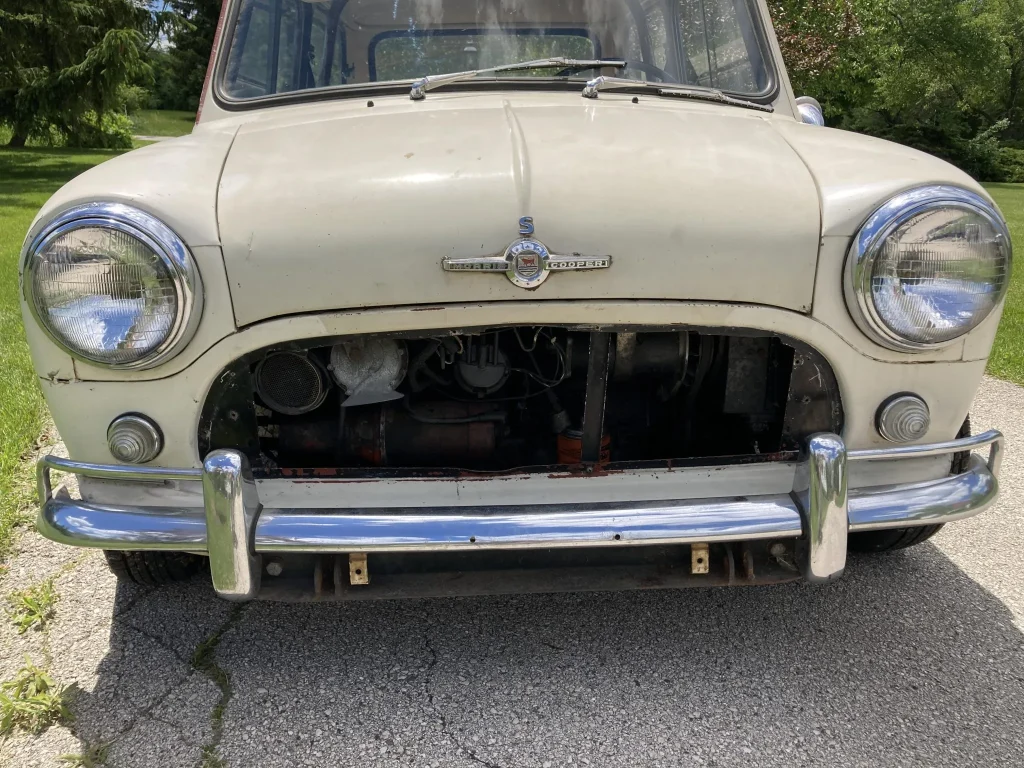
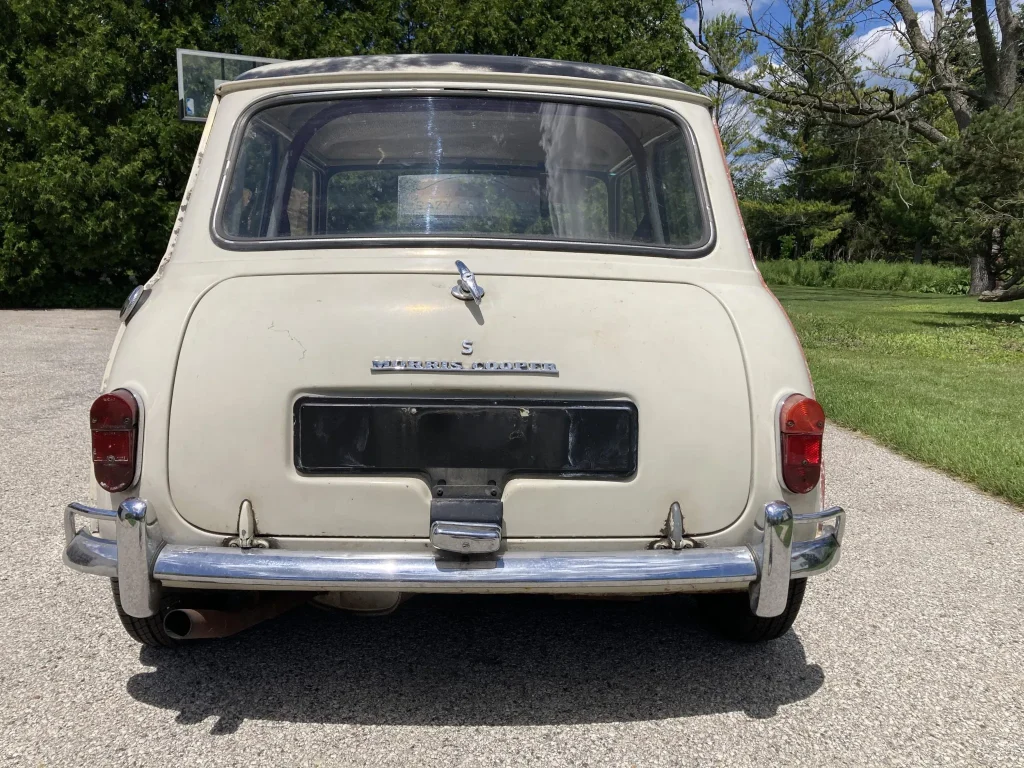
Its final price would buy you a brand new, well-optioned 2024 Mini Cooper JCW that has over triple the horsepower, nearly four times the torque, and will actually start and drive. But that’s missing the point. This is an exceedingly rare car with good bones and most of its original bits. Classic Minis, which were cheap for most of their lives, easily modified, and susceptible to rot, are rarely this well-preserved if they haven’t gotten serious work. And the desirable 1071 model is one of those cars you can’t really shop around for – you have to wait for them. Bring a Trailer has only sold one other one, but it was another project car in far worse condition than this, so it brought a much lower $27,563. So even though this car looks scruffy, it’s a diamond in the rough that got the attention it deserved.
